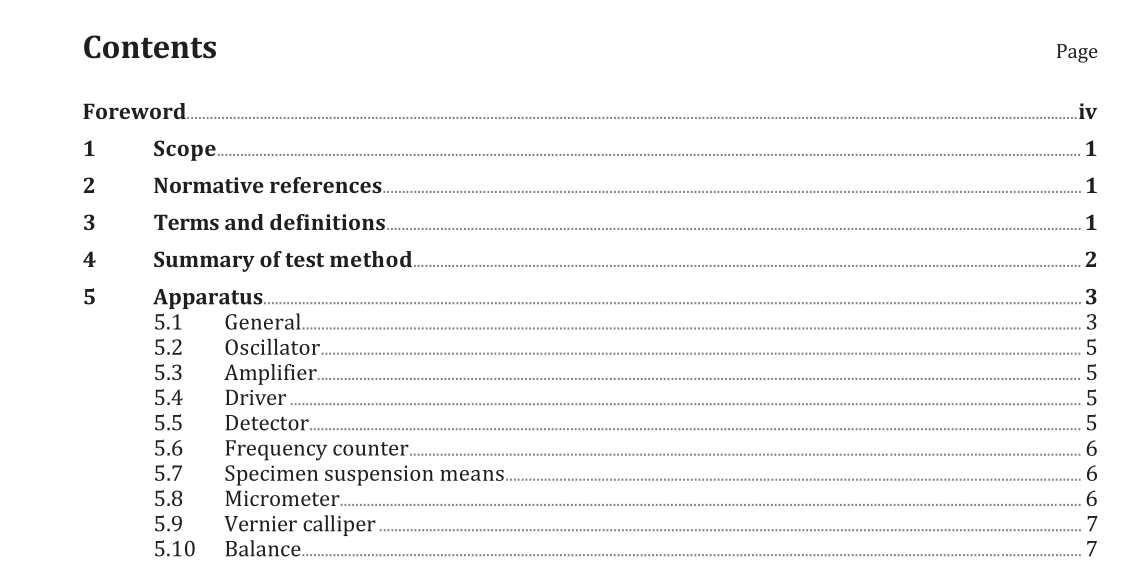BS ISO 17561:2016 pdf download.Fine ceramics (advanced ceramics, advanced technical ceramics) — Test method for elastic moduli of monolithic ceramics at room temperature by sonic resonance
1 Scope
This International Standard describes the method of test for determining the dynamic elastic moduli of fine ceramics at room temperature by sonic resonance. This International Standard is for fine ceramics that are elastic, homogeneous and isotropic. [2]
2 Normative references
The following documents, in whole or in part, are normatively referenced in this document and are indispensable for its application. For dated references, only the edition cited applies. For undated references, the latest edition of the referenced document (including any amendments) applies.
ISO 3611, Geometrical product specifications (GPS) — Dimensional measuring equipment: Micrometers for external measurements — Design and metrological characteristics
ISO 13385 (all parts), Geometrical product specifications (GPS) — Dimensional measuring equipment
3 Terms and definitions
For the purposes of this document, the following terms and definitions apply.
3.1 dynamic elastic moduli
adiabatic elastic moduli, which are dynamic Young’s modulus, shear modulus and Poisson’s ratio
Note 1 to entry: Adiabatic elastic moduli are obtained by the sonic resonance method.
4 Summary of test method
This test method measures the flexural or torsional frequencies of test specimens of rectangular prism or cylindrical geometry by exciting them at continuously variable frequencies. Mechanical excitation of the specimens is provided through the use of a transducer that transforms a cyclic electrical signal into a cyclic mechanical force on the test piece. A second transducer senses the resulting mechanical vibrations of the test piece and transforms them into an electrical signal. The amplitude and the frequency of the signal are measured by an oscilloscope or other means to detect resonance. The peak response is obtained at the resonant frequency. The fundamental resonant frequencies, dimensions and mass of the specimen are used to calculate the dynamic elastic moduli. The Young’s modulus is determined from the flexural resonance frequency, and the shear modulus is determined from the torsional resonance frequency, together with the test piece dimensions and mass. Poisson’s ratio is determined from the Young’s modulus and the shear modulus.
5 Apparatus
5.1 General
There are various techniques that may be used to determine the resonant frequency of the test piece. The test piece may be excited by direct mechanical contact of a vibrator, or it may be suspended by a wire from a vibrator. It may be driven electromagnetically by attaching thin foils of magnetic material to one surface, or electrostatically by attaching an electrode to one surface.
BS ISO 17561:2016 pdf download
